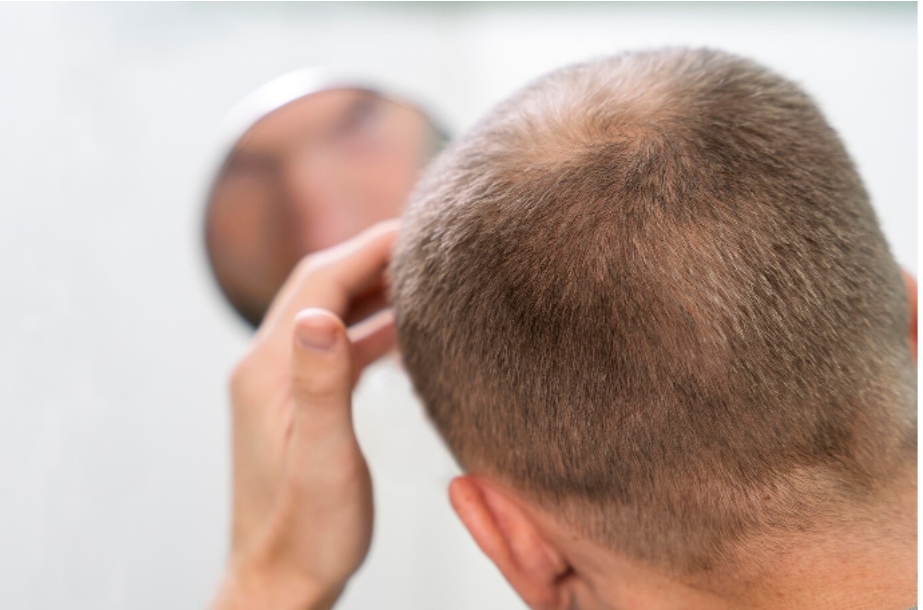What Should You Know Before Getting a Hair Transplant
Hair loss can affect anyone—men and women alike. While it’s often associated with ageing, it can also stem from stress, genetics, hormonal changes, or medical conditions. Fortunately, hair transplant procedures offer a long-term solution for restoring natural-looking hair. If you’re considering hair transplant in Melbourne or seeking female hair loss treatment, there are several key things you should understand before committing to the procedure.
Knowing what to expect before, during, and after surgery can help you make an informed choice and achieve the best results possible.
Understanding Hair Transplant Procedures
Hair transplants involve relocating hair follicles from one part of your scalp—typically where hair is still thick and strong—to areas affected by thinning or baldness. The goal is to recreate a fuller, more natural hairline using your own hair.
Types of Hair Transplants
There are two main methods used in most clinics today:
Follicular Unit Transplantation (FUT)
“Harness the power of tradition a strip of hair-bearing skin is carefully removed from the scalp’s back or sides for lasting results. The strip is then divided into individual follicular units and transplanted into the balding areas. FUT restores large areas in one session but be aware, it may leave a thin linear scar at the donor site.
Follicular Unit Extraction (FUE)
FUE is a more modern, minimally invasive method where individual hair follicles are extracted and re-implanted. It results in tiny, dot-like scars that are often not noticeable. Perfect for short hairstyles and scar-free results this method gives you a natural look without the worry of linear scarring!
Hair Transplants for Women
Hair restoration is often associated with men, but women also experience thinning hair and patchy hair loss. Female hair loss often appears more diffuse and unpredictable but the right treatment can make all the difference.
Common Causes of Hair Loss in Women
- Hormonal changes (e.g., menopause, pregnancy)
- Thyroid imbalances
- Iron deficiency
- Stress or trauma
- Genetic predisposition
When seeking female hair loss treatment, it’s crucial to address the root cause before proceeding with a transplant. A hair transplant may not always be the first solution, especially if the hair loss is temporary or linked to an underlying condition.
Key Things to Know Before Surgery
Thinking about a hair transplant in Melbourne? Here’s what you must know before you start!
Are You a Suitable Candidate?

Not everyone is a good fit for a hair transplant. Ensure you have strong, healthy donor hair at the back or sides for the best transplant results. Your surgeon will assess your:
- Pattern and extent of hair loss
- Age and hair density
- Scalp health
- Medical history and lifestyle
Women with diffuse hair loss or underlying medical issues may need alternative treatments before qualifying for surgery.
Results Take Time
Hair transplant results are not immediate. After the procedure, transplanted hair usually falls out within a few weeks—a normal part of the process. New growth typically begins around 3 to 4 months later, with full results visible after 9 to 12 months.
Patience is important. If you’re looking for instant transformation, this may not be the right procedure for you.
Read Also: Do you Still Getting fake call from Health Department?
The Surgeon Matters
Choosing a qualified and experienced surgeon can make all the difference in the final outcome. When researching providers for a hair transplant in Melbourne, ask about:
- Qualifications and certifications
- Years of experience with FUT and FUE
- Before-and-after photos
- Success rates and patient testimonials
A well-trained team with a good reputation will ensure your procedure is both safe and successful.
The Procedure Involves Downtime
While hair transplants are generally low-risk, they are still surgical procedures. You’ll need some downtime, especially during the initial healing phase. Expect mild swelling, redness, and scabbing in the recipient area for several days.
FUT patients may need more time to recover due to stitches, while FUE patients often return to work within a week.
Cost Varies

The cost of a hair transplant depends on several factors, including the number of grafts needed, the method used, and the clinic’s reputation. Generally, FUE tends to be more expensive due to its meticulous, time-intensive process.
If you’re considering female hair loss treatment, some clinics offer tailored pricing plans for smaller or more targeted areas.
Post-Surgery Care Is Crucial
Aftercare directly affects your results. Your surgeon will provide detailed instructions on how to care for your scalp, wash your hair, and avoid activities that may disrupt healing.
Typical post-op advice includes:
- Avoiding strenuous activity for at least a week
- Sleeping with your head elevated
- Not scratching or touching the grafted area
- Using only recommended products
Following the aftercare plan closely is key to proper healing and optimal hair growth.
Maintenance May Be Required
Hair transplants do not prevent future hair loss. Transplanted hair lasts for life but surrounding hair may still thin without proper care. Many patients choose to support their results with maintenance treatments such as:
- Medications like minoxidil or finasteride (for men)
- PRP therapy (platelet-rich plasma)
- Laser therapy
- Scalp microneedling
Consult your provider about long-term maintenance to ensure your new hairline stays intact.
Conclusion
Getting a hair transplant in Melbourne is a significant decision that requires thoughtful consideration and planning. Tackling female hair loss or male-pattern baldness? Your success starts with expert evaluation, the right technique, and full commitment proper aftercare.
Hair transplants offer long-lasting, natural-looking results—but they’re not a quick fix. Take the time to understand your options, speak with a trusted specialist, and weigh all the factors involved. With the right approach, you can achieve a result that enhances not just your appearance but your confidence as well.
Also Read: Recifest.com: The Ultimate Knowledge Hub for Smart Readers
